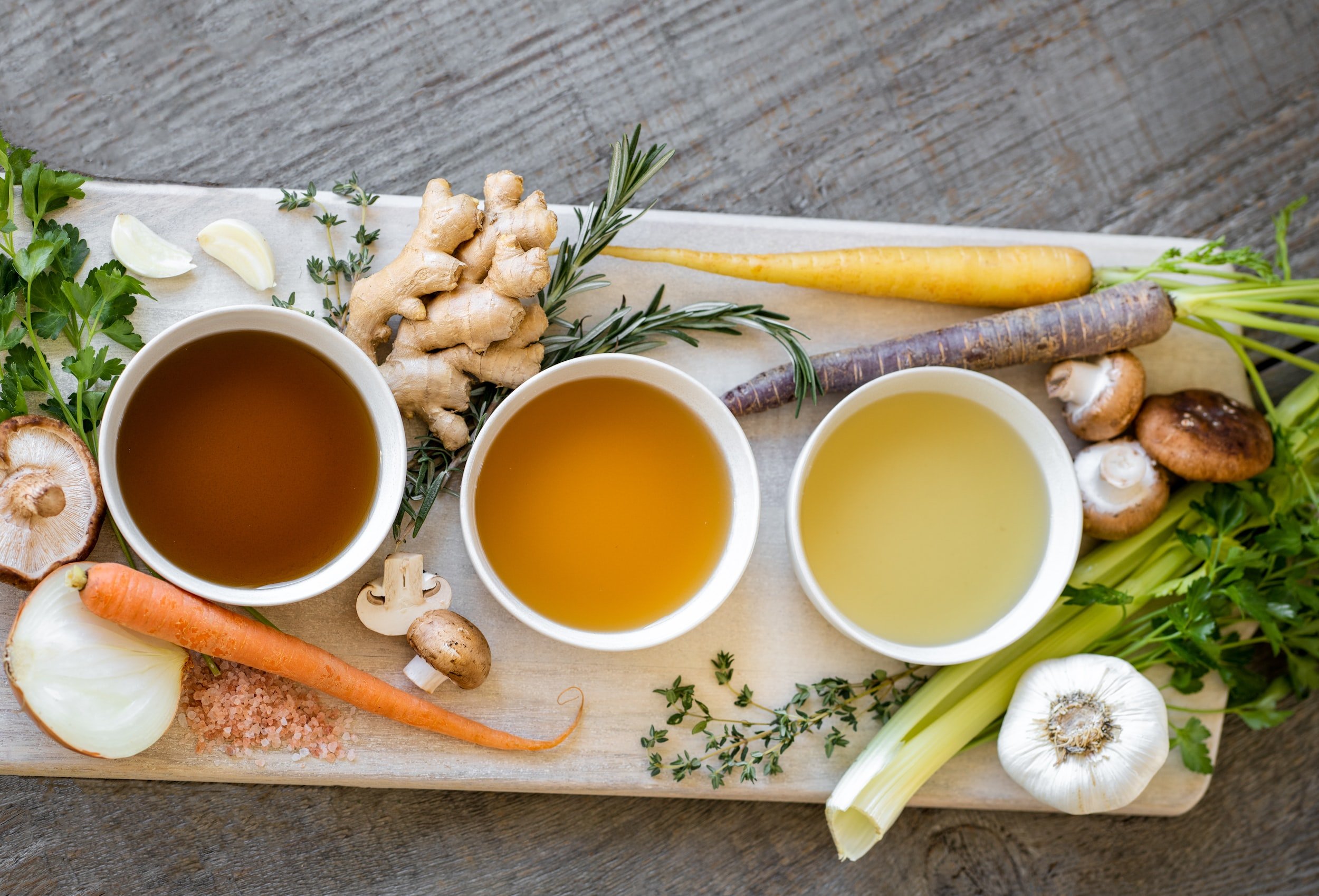We’ve all been there…
Ah, the (insert any day of the week) evening dinner dilemma: You're adding up all the money you spent over the weekend and thinking, "I should really cook tonight." But that means you have to go grocery shopping and cleaning .... All this thinking and now you're hungry. So you open the food app, and after $35, you find yourself indulging in a carb-heavy meal that would have cost a fraction to prepare at home.
Not an ideal way to start the week, this bad habit could have implications for your overall well-being. Eating a nutrient-dense, balanced meal is one of the most important things you can do for your physical and mental health. So here are six ways to eat healthier on a budget without spending your entire paycheck at the store or on apps.
Meal Prep
When we are hungry, we tend to make decisions that may not line up with our wellness or financial goals. When you take the time to prepare multiple meals for the week, you are giving yourself a safety net to fall back on when you are hungry or in a hurry.
Meal prepping can sound intimidating and draining, but in reality, it can be really simple. Grain bowls are a great place to start. Just grab 8 ounces of chicken breasts (which can make 5-6 meals depending on what you eat), easy-to-chop vegetables like zucchini or asparagus, and some quinoa or rice. Choosing your favorite protein, vegetable or grain will do — the key is balance.
Pro Tip: You can keep prepped grain bowls interesting and varied by using different sauces, dressings, and condiments throughout the week. Whether with meal prep or just a single dinner, simple cooking at home can save you thousands of calories worth of oil and butter that restaurants tend to sneak into their dishes.
Create a freezer stash
Stocking your freezer with nutritious foods is sure to save you from the oh-so-tempting late-night take-out splurge. You can buy frozen broccoli, shrimp, and pre-cooked rice separately to combine in a pan with some oil and seasoning for a healthy, quick, and easy 10-minute dinner.
While you may not see significant savings when buying frozen foods like chicken and vegetables as opposed to fresh, you will save money by having nutritious food on hand, with the added benefit of food with a longer shelf life.
Consider plant-based proteins
Here’s a thought: You can create plant-based protein meals without splurging on meats or fish. Opt for a vegetarian protein like tofu, beans, or legumes are healthy alternatives and are much more affordable as well. Tofu is high in protein and contains all the essential amino acids your body needs. (It's also very simple to cook!) Cut into cubes, sprinkle with salt, pepper, garlic, and paprika — then toss into an air fryer or oven until golden brown.
Try these swaps at the grocery store
You don’t have to give up what you love in the name of eating healthier and saving ca$h – just consider making better choices. Keeping these swaps in mind as you shop will give your body a nutritional boost — and save you some money at checkout:
Healthy swaps
Switch out bananas for apples, for more fiber.
Instead of white potatoes, sweet potatoes deliver more vitamin A.
Ditch the lettuce — choose spinach for more folate.
Swap regular yogurt for Greek yogurt for more protein.
Budget-friendly swaps
Save by swapping shredded cheese packs for blocked cheese.
Forget packaged nuts/seeds and try to buy bulk instead – this is a saving that goes for most foods, as you pay a premium for individual packaging.
Similarly, swap canned beans for bagged dry beans.
Substituting fresh seafood with tinned fish can be an acquired taste, but is quite nutrient-dense.
Once again: You don't have to completely give up what you love in order to eat healthily and save money. It's about making the right choices.









